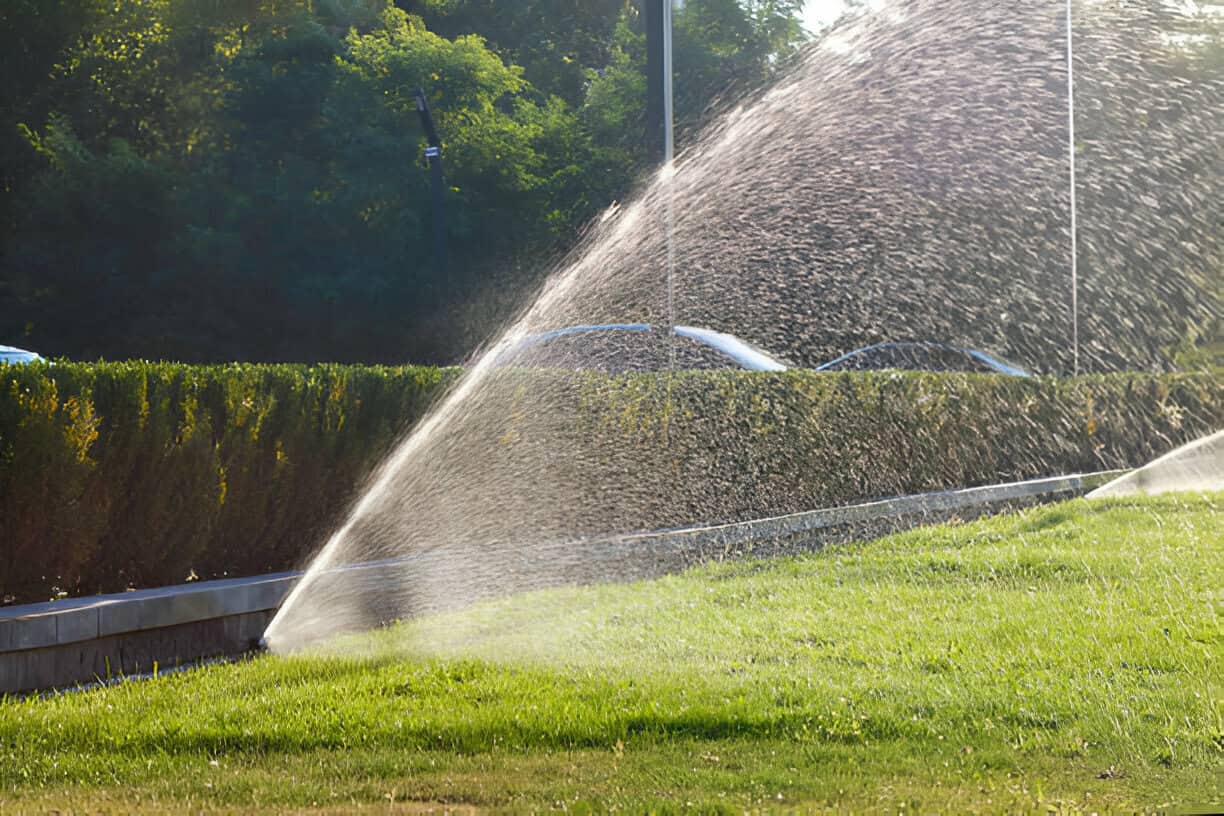We’ve all seen the tell-tale mounds where fire ants live. And I’m hopeful that not too many of you have been on the receiving end of one of their bites. Fire ants build mounds in almost any type of soil, but they prefer open sunny areas, which is why you’ll see a lot of them in places such as Pinnacle Mountain State Park, or Burns Park. Their mounds can grow 18 to 24 inches in height if the soil conditions are right. Mounds can also be located in rotting logs and around stumps and trees, and colonies can also occur in or under buildings.
Fire Ant Season in Little Rock
Fire ant season in the Little Rock area got an early start this year because of the unusually warm and rainy winter we had.
Two species of fire ant are found in Little Rock: The Red Imported Fire Ant (Solenopsis invicta) and the Black Imported Fire Ant (Solenopsis richteri). The Red Fire Ant is considered the worst of the two. These ants are reddish brown in color and roughly 1/8 to 1/4 inch in length. The Black Imported Fire Ants are darker, and mostly located along the Mississippi River in Arkansas.
The ant’s ability to rapidly reproduce, its aggressive swarming behavior, and painful stings, have made the Red Imported Fire Ant one of the most detested insects around. The ant was accidentally introduced into the United States during the 1930s through the port of Mobile, Ala. Red Imported Fire Ants have currently spread into at least 15 states…. that we know of.

Controlling Fire Ants
According to Kelly Loftin, University of Arkansas System Division of Agriculture Extension Entomologist, for about a decade the Division of Agriculture, in partnership with APHIS, has released phorid flies to help with the growing fire ant population.
The female flies find a target and inject an egg into the fire ant. After the egg hatches and develops into a larva, it molts a couple of times and migrates to the ant’s head. There, it releases digestive enzymes that cause the ant’s head to fall off. The larva pupates in the head and stays there until the adult fly emerges.
The impact on the fire ant population isn’t directly a result of the flies’ actions, but rather by creating competition between native and fire ants. When a colony is attacked by the flies, they forage less and create smaller colonies.
“When the colony size declines, it allows native ants to compete with fire ants for food,” Loftin said. “Eventually, you will see fewer fire ant colonies.”
Do-It-Yourself Fire Ant Control
To manage fire ant colonies in your own yard the Cooperative Extension Service recommends using fire ant baits that can be purchased at your local hardware or farm supply store.
When treating, fire ants must not only be present and active but also foraging for the bait to work. The UAEX recommends putting some food out, like a hotdog or bologna, and mark where you put it. Check it after 30 minutes. If it’s swarming with ants, it means they are foraging and the bait will work. If not, wait and try again.
For more information about fire ants and how to deal with them visit the Cooperative Extension Service’s website. And, if you don’t want to deal with exterminating them yourself, get in touch with us and we’ll take care of it!








